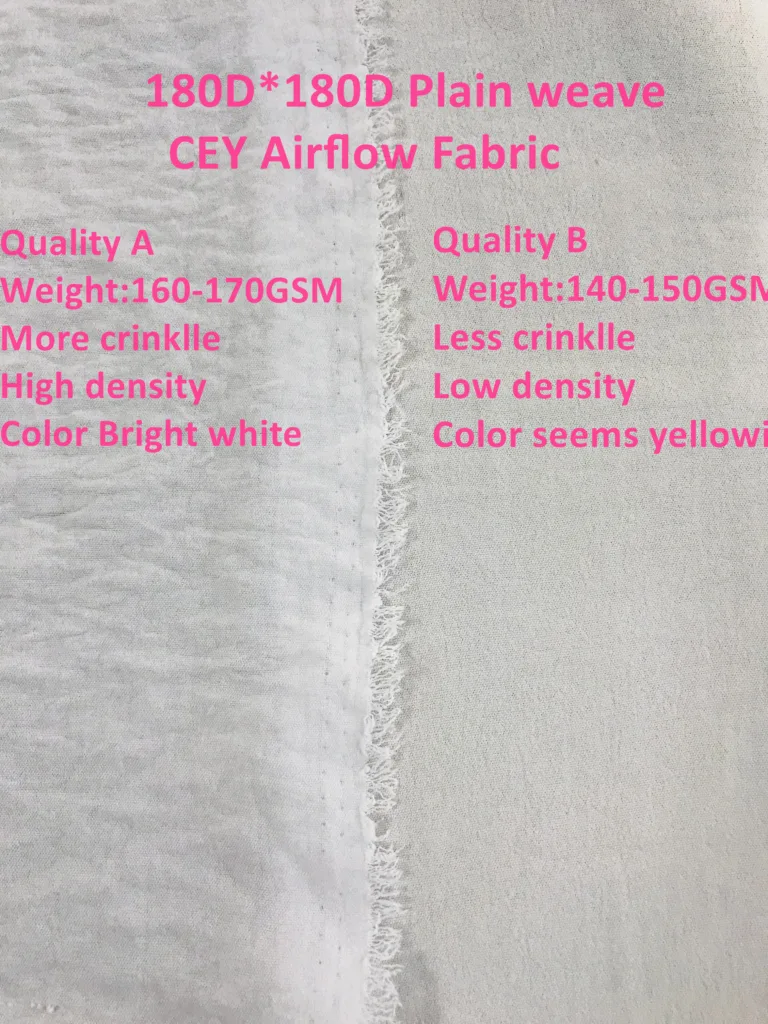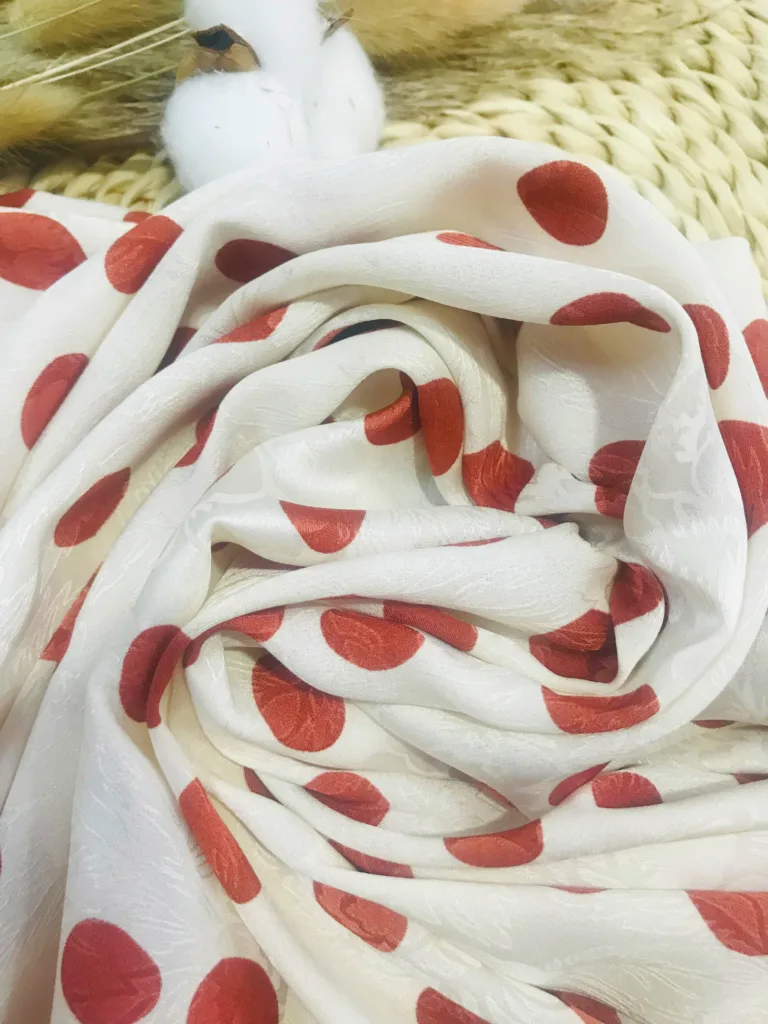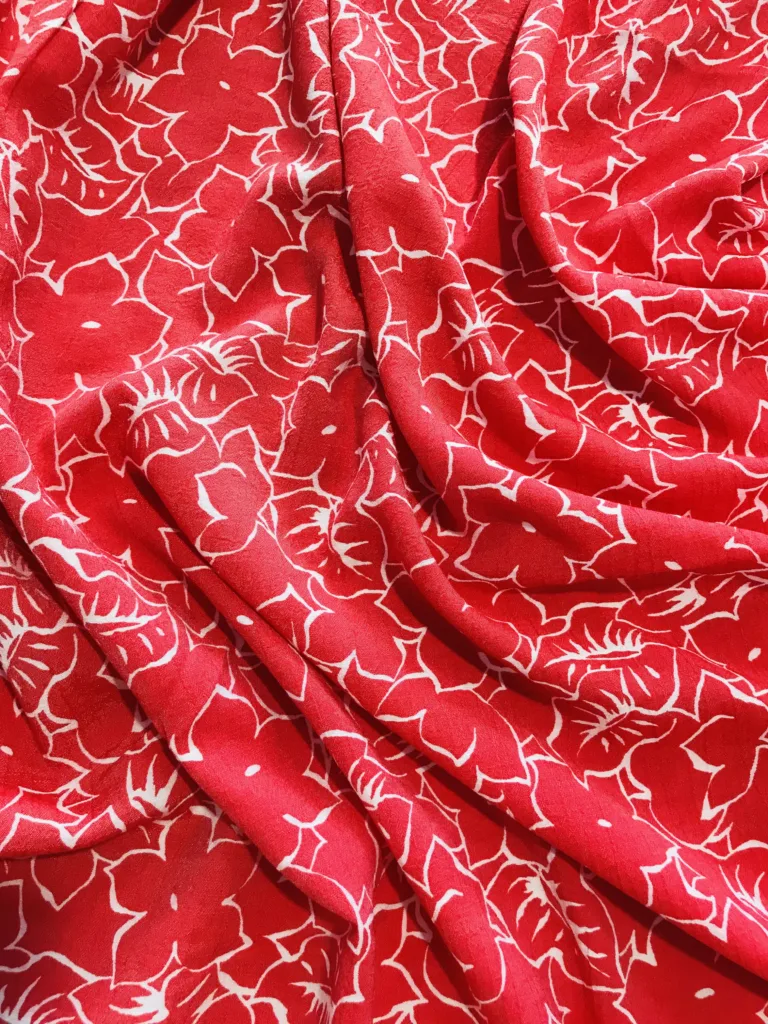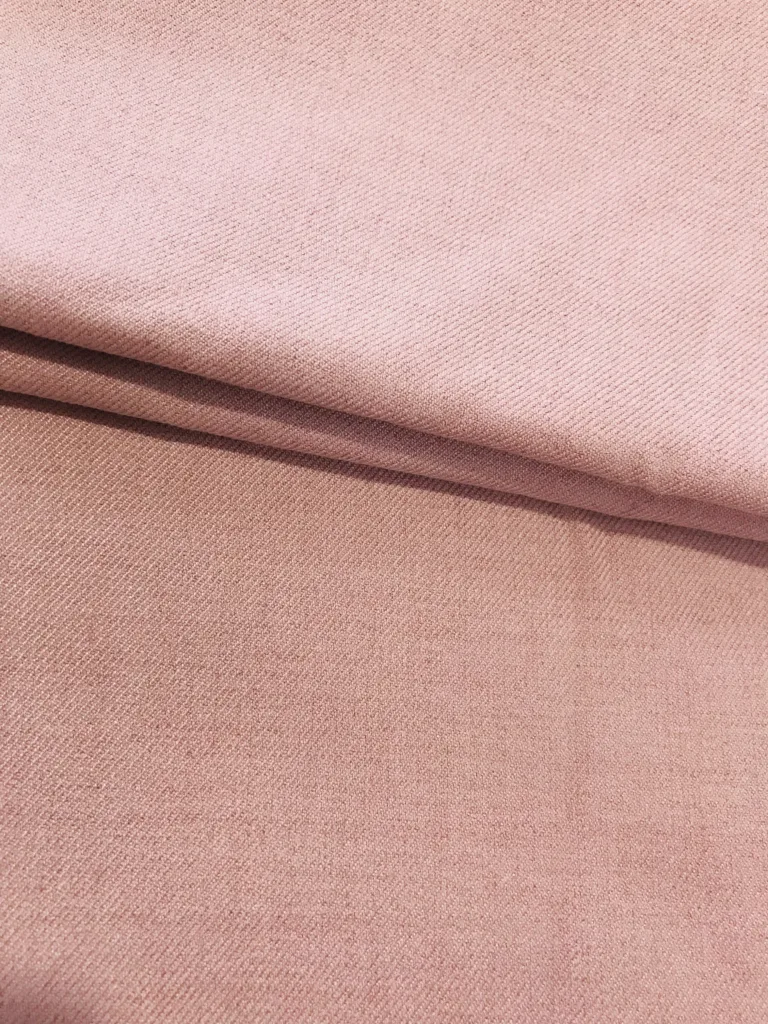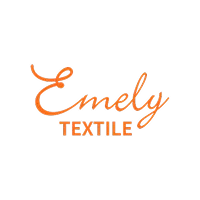Why does quotations from different suppliers for the same fabric vary so much?
There are many reasons, but cheaper is not always better.
1⃣ Fabric weight
Actual bulk weight may differ from the confirmed quality sample by more than 10 grams difference. As the bulk fabric weight is allowed to have 5%tolerance. If it is a high weight fabric, this 5% weight can save a lot of raw materials. Especially when the raw materials are very expensive, the cost of the fabric will be very different, such as hashtag#linen,hashtag#silk,hashtag#wool,hashtag#cupro,hashtag#acetate…etc.
2⃣ Component ratio
The price of flax/Linen raw materials has risen sharply. If lax/Linen component ratio reduced by 5% when weaving, then the cost is greatly reduced. It cannot be distinguished from the feel of the fabric. but only test by an authoritative testing center.
3⃣ Performance/effect
Same fabric, different performance will also affect the price. For example, crepe fabric, the more crepe effect, the more dyeing consumption.
4⃣ Dyeing Process
Different dyeing factories have different processes. Some dyeing factories save process to reduce costs. Of course, the final product performance will be a little worse, but some buyers are not able to identify the difference.
5⃣ Price ranges
Each supplier has at least 3 price ranges: affordable fabric varieties, normal profit varieties and high profit varieties.The same fabric has a price advantage with supplier A because their other brands have large orders so average unit consumption is small
6⃣ The order quantity
The price difference between the minimum order quantity and the large order for each color is huge. If purchase quantity is less than MCQ, you need to pay the small Lot dyeing surcharge fee and the unit consumption is huge.
7⃣ Different test requirements
Some brands require the buyer to test each color PP sample before shipment with a full set of physical test report. Informing the supplier before quotation, so that the cost of testing can be accounted.
That’s why fabrics aren’t as cheap as better, the cheapest is often the most expensive.
